In the realm of oral hygiene, mouthwash often plays a supporting yet indispensable role. While daily brushing and flossing are cornerstone habits, mouthwash can act as a complementary agent, enhancing the overall health of your mouth. However, merely splashing some liquid into your oral cavity and rinsing isn’t quite enough to reap its full benefits. Understanding the correct method for using mouthwash is crucial to maximizing its efficacy. This comprehensive guide aims to illuminate the art of using mouthwash, ensuring you harness its power for a healthier mouth.
Understanding the Basics: What is Mouthwash?
Mouthwash, also known as oral rinse, is a liquid solution designed to cleanse, freshen, and sometimes treat various oral conditions. It can be broadly categorized into three types: cosmetic, therapeutic, and antiseptic. Cosmetic mouthwashes primarily focus on improving breath odor and taste, while therapeutic rinses are formulated to address specific oral issues like sensitivity or dry mouth. Antiseptic mouthwashes, often containing ingredients like chlorhexidine or cetylpyridinium chloride, are designed to kill bacteria and reduce plaque formation, thereby preventing gingivitis and other gum diseases.
The Importance of Using Mouthwash Correctly
While mouthwash can be a powerful tool in your oral hygiene arsenal, incorrect use can diminish its effectiveness or even lead to unwanted side effects. For instance, overusing certain antiseptic mouthwashes can stain teeth, irritate gums, or disrupt the natural balance of oral bacteria. Thus, adhering to the proper technique is paramount.
Step-by-Step Guide to Using Mouthwash Effectively
- Timing is Key
Integrate mouthwash into your daily oral hygiene routine, ideally after brushing and flossing. This ensures that food particles and plaque are removed first, allowing the mouthwash to target any remaining bacteria or debris more effectively. - Measure Appropriately
Follow the manufacturer’s instructions for the recommended dosage. Typically, this involves pouring about 10-20 milliliters (or a capful, as indicated on the bottle) into the measuring cap provided or using the dose indicator on the bottle. - Rinse Thoroughly
Pour the measured amount of mouthwash into your mouth. Close your lips and swish the liquid around vigorously for at least 30 seconds. Aim to cover all areas of your mouth, including the back of your throat, cheeks, and tongue, where bacteria can often linger. - Avoid Swallowing
Although many mouthwashes are considered safe if swallowed in small amounts, it’s best to avoid ingesting it. Keep the liquid in your mouth and focus on rinsing rather than swallowing. - Spit It Out
After the recommended rinsing time, spit out the mouthwash into the sink. Do not swallow the remaining liquid. - No Immediate Rinse
Unless directed otherwise by your dentist (for example, if using a fluoride rinse), avoid rinsing your mouth with water immediately afterward. This allows the active ingredients to remain on your teeth and gums for a longer duration, enhancing their effectiveness. - Follow Up with Water (If Needed)
If the taste or residue of the mouthwash is uncomfortable, you can rinse your mouth with plain water a few minutes later. However, for most rinses, this step is optional.
Addressing Specific Concerns with Mouthwash
Different mouthwashes cater to various oral health needs. Here’s how to choose and use them effectively:
- Anticavity Mouthwashes: These contain fluoride, which strengthens tooth enamel and protects against cavities. Use them as part of your nightly routine for maximum benefit, as fluoride works best when applied before bedtime.
- Antiseptic Mouthwashes: Ideal for reducing plaque and gingivitis, these rinses should be used twice daily, especially if you have gum disease or have recently undergone dental procedures.
- Sensitivity Mouthwashes: Designed to soothe sensitive teeth, these rinses contain potassium nitrate or similar ingredients. Use them as needed, especially after consuming acidic or sugary foods that trigger sensitivity.
- Cosmetic Mouthwashes: Perfect for freshening breath and providing a minty taste, these rinses can be used throughout the day as needed. However, they should not replace the daily use of therapeutic or antiseptic rinses if you have specific oral health concerns.
Potential Side Effects and Precautions
While mouthwash is generally safe, certain precautions should be taken:
- Allergic Reactions: Be mindful of any ingredients you may be allergic to. If you experience discomfort, swelling, or rash after using a particular mouthwash, discontinue use and consult your dentist.
- Staining: Some mouthwashes, especially those with strong coloring agents or high concentrations of antiseptic ingredients, can stain teeth over time. If staining is a concern, opt for clear or lightly colored rinses.
- Disruption of Oral Bacteria Balance: Overuse of antiseptic mouthwashes can disrupt the balance of oral bacteria, potentially leading to issues like yeast infections or oral thrush. Follow the recommended usage instructions closely.
- Child Safety: Keep mouthwash out of reach of children, as ingesting large amounts can be harmful. Use child-appropriate rinses formulated specifically for young children if needed.
Integrating Mouthwash into Your Daily Routine
Incorporating mouthwash into your daily routine is straightforward once you understand the basics. Here’s a simple plan to follow:
- Morning Routine: Brush your teeth, floss, and then use an anticavity or antiseptic mouthwash to set the tone for the day.
- Evening Routine: Repeat the brushing and flossing, followed by a rinse with an antiseptic or fluoride mouthwash to protect your teeth and gums overnight.
- Throughout the Day: If needed, use a cosmetic mouthwash to freshen your breath and keep your mouth feeling clean.
Conclusion: The Art of Healthy Mouthwash Habits
Using mouthwash correctly is not merely about splashing and spitting; it’s a mindful practice that enhances your overall oral hygiene. By following the steps outlined in this guide, you can ensure that your mouthwash is working optimally to keep your teeth, gums, and breath in tip-top shape. Remember, oral health is a journey, and every small step you take, from brushing to rinsing, contributes to your long-term dental well-being. So, grab your favorite mouthwash, practice the art of rinsing, and smile confidently knowing that your mouth is in good hands.


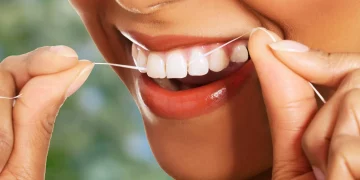



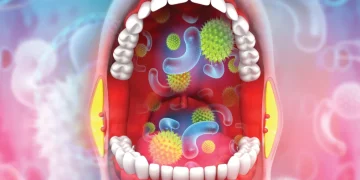
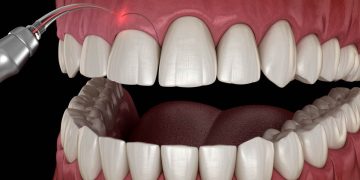
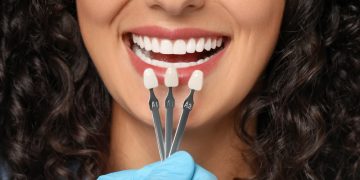


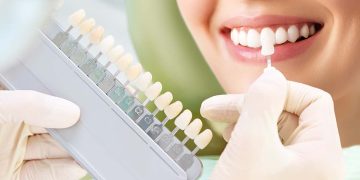
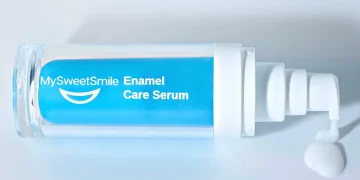












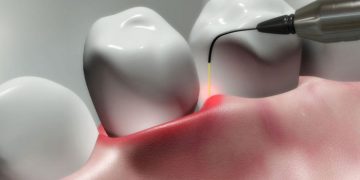



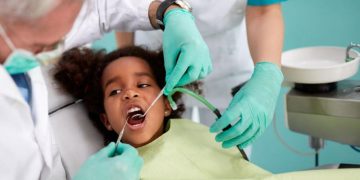















Discussion about this post